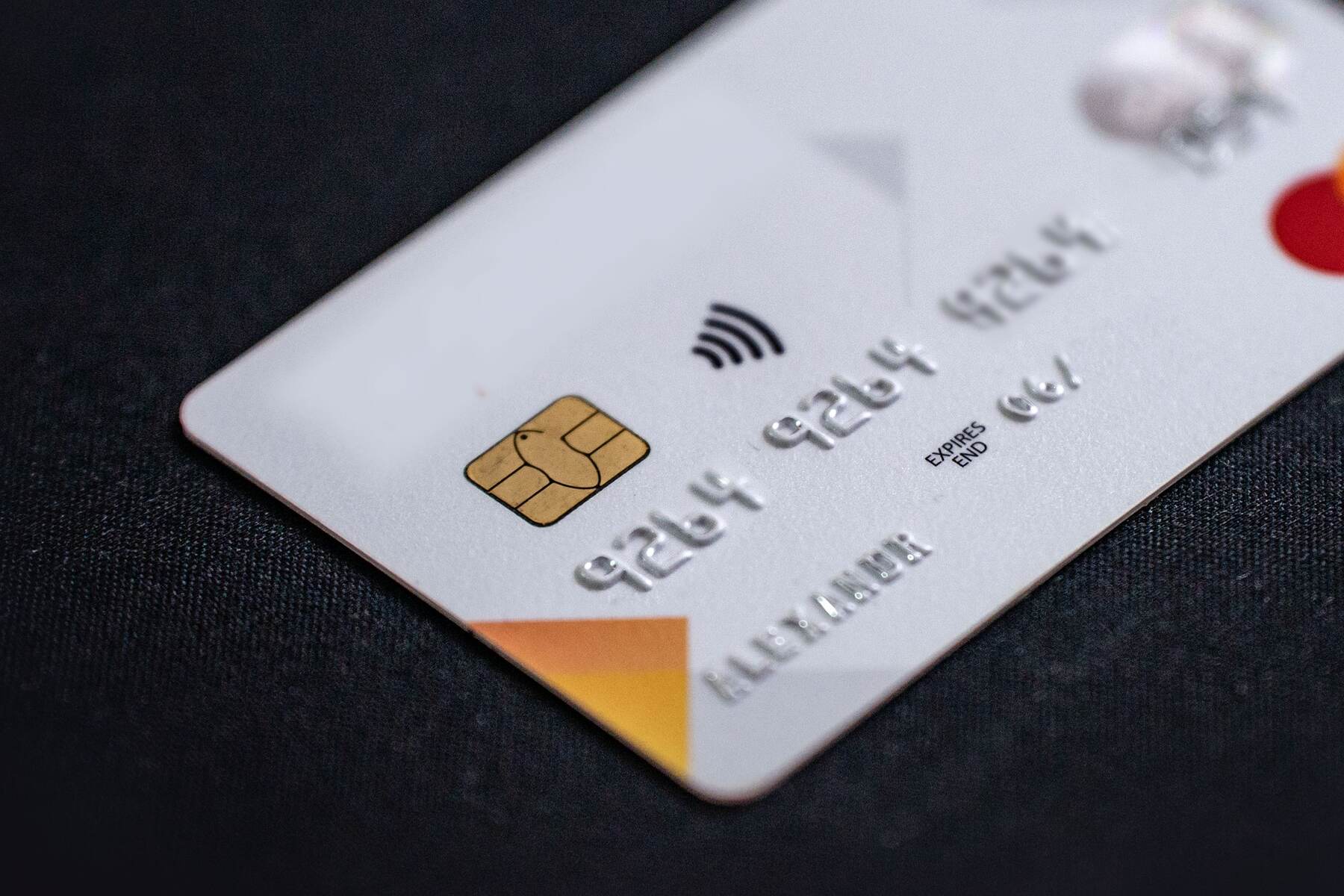Besides building credit, credit cards can also help you earn rewards and travel conveniently. However, deciding which card is the best for you requires research – in terms of cards and card issuers. Our review of Capital One credit cards vs Bank of America cards can help you find a suitable option for your needs.
Capital One Credit Cards vs Bank of America Cards
This Capital One credit cards vs. Bank of America cards review is a comparison between the unique features and benefits both card companies offer you.

Overview of Capital One Credit Cards
Capital One provides various cards, from cashback rewards to travel miles. Their Capital One Quicksilver offers unlimited 1.5% cash back on every purchase with no annual fee. The Capital One Venture Rewards card provides 2X miles per dollar spent on every purchase.
These cards have no foreign transaction fees, making them ideal for international travel. You can also enjoy extended warranty protection and travel accident insurance.
For those looking to build or rebuild credit, the bank offers several secured cards that report to the three major credit bureaus. This helps users build a positive credit history with responsible use.
Overview of Bank of America Cards
Bank of America cards are tailored to various types of users, often with incentives for existing customers. You can choose your rotating bonus categories every quarter. You get a price cap on earning rewards for most BoA cards like the Bank of America® Customized Cash Rewards.
The bank’s unlimited rewards cards offer more than the usual 1% flat rate reward percentages. The Bank of America® Travel Rewards card is suitable for those who frequently travel, giving 1.5 points per dollar on every purchase and no foreign transaction fees. Similarly, the Bank of America® Premium Rewards® card caters to high spenders. It provides 2x points on travel and dining purchases and includes travel credits.
The bank also offers several secured cards like the BankAmericard® Secured for those looking to build or rebuild credit. These cards often have lower interest rates and additional customer service benefits. They also offer free credit score access and financial education resources.

Comparing Capital One Credit Cards and Bank of America Cards
Both issuers offer a range of cards catering to various needs, such as credit-building, rewards, and low interest rates. They share some features yet also have differences that may impact your choice.
Similarities
- Capital One and Bank of America have many cards for cashback, travel rewards, and zero-interest balance transfers.
- You can earn either rewards points or cashback on purchases. Both issuers allow redeemable points for travel, statement credits, or merchandise.
- Both companies offer strict security measures. These include fraud alerts, card locks, and zero-liability protection for unauthorized transactions.
- Users can manage accounts, pay bills, and track spending through user-friendly mobile apps and online banking platforms.
- Both issuers incur a $0 annual fee on most of their cards. It makes them more affordable.
- Capital One and BoA offer suitable options for consumers with a limited credit score. You can get one of their secured or credit-building cards to build or rebuild your financial history.
Differences
- Capital One cards have no foreign transaction fees, making them more favorable for international travelers. In contrast, most Bank of America cards charge foreign transaction fees.
- Capital One cards often provide extended 0% introductory APR on purchases and balance transfers. Although BoA provides a long introductory APR on purchases, it limits this period on balance transfers to 2-3 months only.
- BoA has several co-branded cards with airlines and hotels, providing added travel benefits. Capital One does not co-brand with airlines and hotels.
- You can redeem your rewards towards Capital One’s transfer partners. You cannot do so with BoA because it doesn’t have transfer partners. However, you can redeem your rewards for travel-related purchases.
Major Distinguishing Factor
Capital One cards often have more flexible rewards that can be transferred to various loyalty programs. Redeeming through this option gives you maximum value for your rewards.
Bank of America’s rewards system is somewhat more rigid, focusing largely on redeeming through its own platform. You cannot transfer your earned rewards to transfer partners because the bank has none.

When to Use Capital One Credit Cards?
You can get these cards if you travel frequently. You don’t pay a foreign transaction fee with them. Also, you get travel-related perks like:
- Travel accident insurance
- Auto rental collision damage waiver
- Complimentary concierge service
- Recommendations for cheapest flights. They can give you a total price match if you find a cheaper flight than they recommended.
You can get suitable cards if you want to build or rebuild credit. The bank has several secured and unsecured cards you can get on a limited or fair credit score.
Lastly, you can get approved for a card if you are a student. Cards like the Capital One SavorOne Student Cash Rewards offer rewards on common student purchases like dining and streaming services. It facilitates easy reward accumulation even on a student budget.
When to Use Bank of America Cards?
You can get these cards if you want to earn maximum rewards through rotating bonus categories. If you can manage juggling these categories every few months and earn within price caps, you should consider this issuer.
BoA co-branded travel cards can earn you generous in-flight and on-destination benefits. Additionally, you can redeem your reward points to buy tickets for flights, cruises, hotels, etc.
You can also get one of this bank’s many secured cards. You can earn rewards and even get a 0% introductory APR period with some of them.
Which Credit Card Is Better?
Choosing between Capital One and Bank of America credit cards depends on individual needs and preferences. That said, we find Capital One to be the better choice due to the following reasons:
- They offer cards for every credit score range.
- They have both secured and unsecured cards to choose from.
- You get premium travel rewards and miles with most of these cards.
- You don’t incur a foreign transaction fee for any card here.
- You get added travel perks, like travel insurance and access to airport lounges with select cards.
However, you can go for the BoA cards if you:
- Want to earn through quarterly bonus categories
- Don’t need to transfer balances often
- Want to earn rewards on secured cards

Related Questions
Is Capital One Owned by Bank of America?
Capital One is an independent financial corporation not owned by Bank of America. Each bank has its own range of financial products and operates separately in the banking sector. Capital One and Bank of America are competitors in the credit card market.
Is Capital One Credit Card a Good Choice?
Yes, Capital One credit cards are generally a good choice for many consumers. The bank offers a variety of cards tailored to different needs, such as rewards, travel benefits, and no annual fees. The application process is straightforward, and many users find their customer service helpful.
Is Capital One Credit Card Better Than Bank of America?
Whether a Capital One card is better than a Bank of America card depends on individual preferences and needs. Capital One often offers more flexible rewards and travel benefits. Contrarily, Bank of America cards might provide better options for those who prefer traditional banking relationships. Consumers should compare specific card features before deciding.
Conclusion
Capital One cards are better than BoA cards because of their simple reward structures and the absence of a foreign transaction fee. Most cards from both issuers don’t incur an annual fee. Nonetheless, you can apply for cards from BoA if you want to earn through rotating categories with a price cap.